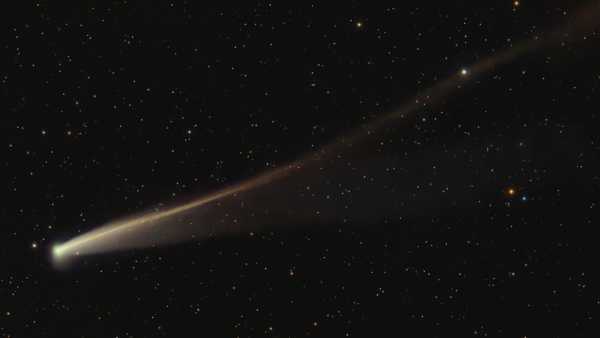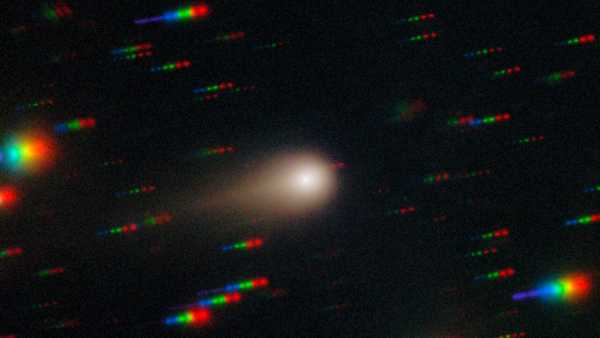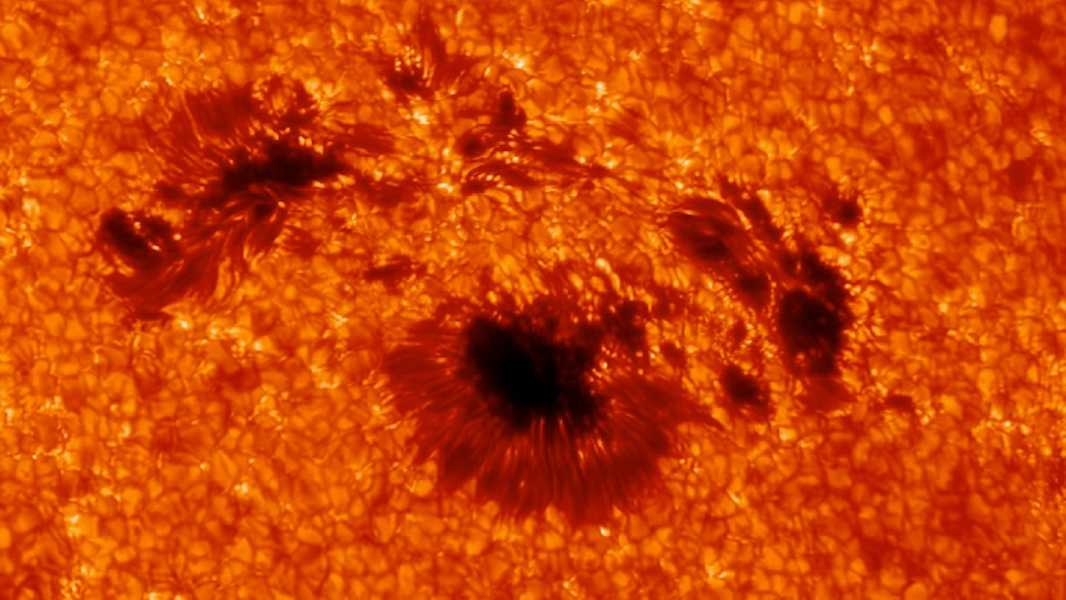
Sunspots captured in 2014. Spots this size are difficult to detect on distant stars because they cause brightness variations that are too small to be interpreted as noise. However, a new approach may have just revealed a large spot on an alien star. (Image credit: NASA Goddard)
Most exoplanets are discovered as they transit, or move across, the disk of their parent stars. But the new study describes an alternative scenario: as the giant planet crossed the disk of its star, the characteristics of its transit allowed for a new discovery about the star itself — specifically, a spot covering a full 7% of the star’s surface and persisting for at least seven years.
To date, nearly 6,000 exoplanets—planets outside our solar system—have been confirmed. While many methods have contributed to this collection, the most successful has been the transit method. This method, which has helped identify nearly 75% of known exoplanets, detects a brief, small dimming of a star's brightness when an orbiting planet passes through the line of sight between the star and an observing telescope.
Most transit signatures on a star's light curve are similar, and represent a single-step dip. However, the planet described in the new study is an exception. Known as TOI-3884 b, it is a Neptune-like planet with a mass 33 times that of Earth. As it transits its star, a small M-dwarf named TOI-3884, the planet creates a two-step dip in the star's light curve.
You may like
-
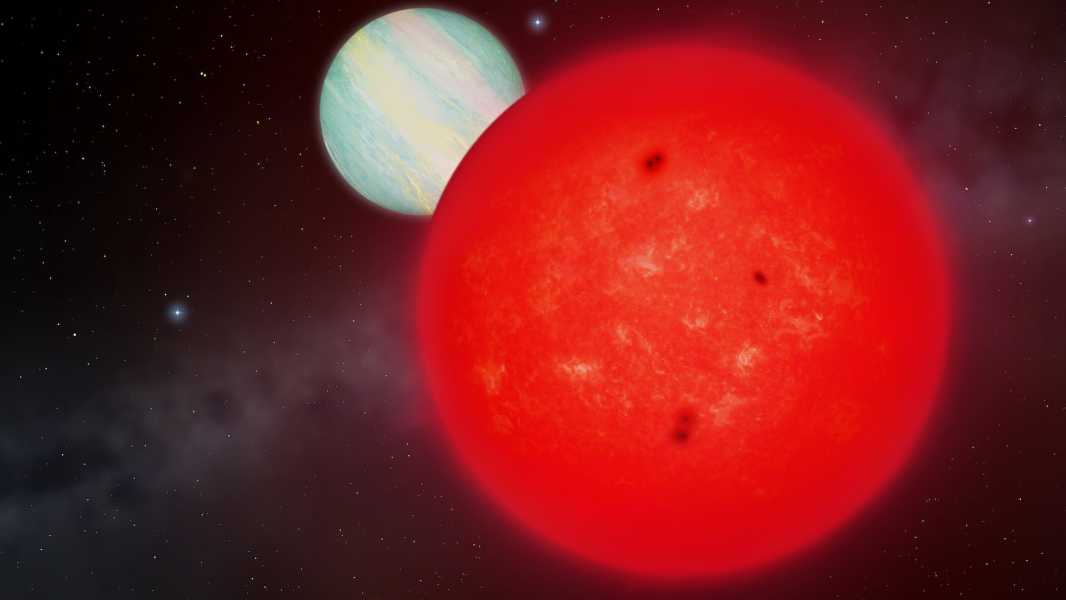
Giant Planet Discovered Around Tiny Star Challenges Our Best Theories
-
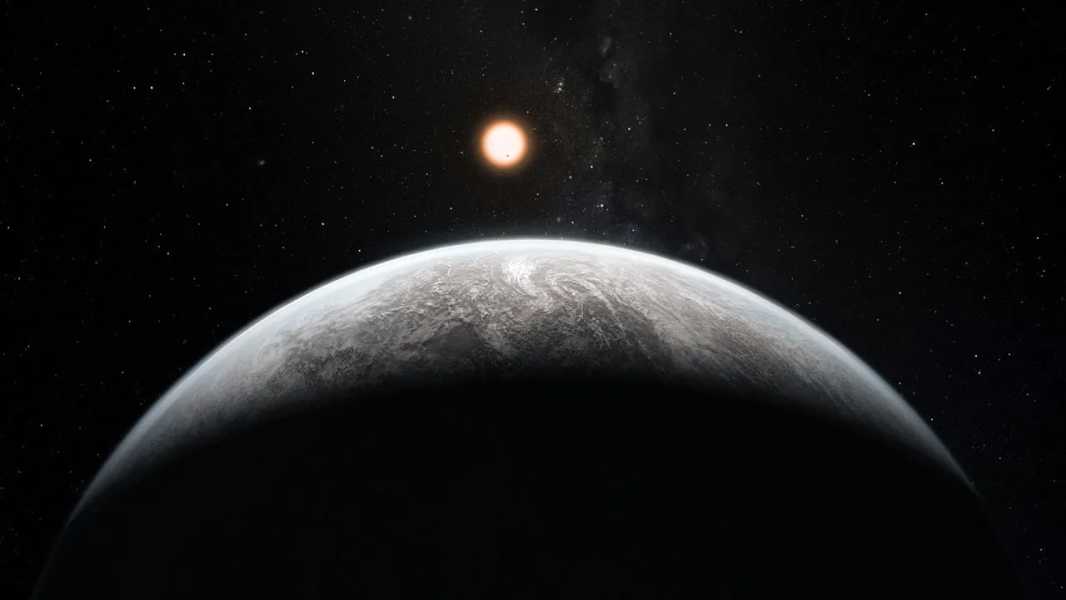
Hidden 'super-Earth' exoplanet oscillates in and out of habitable zone
Sourse: www.livescience.com



